Ernst Herzfeld Papers
A foremost scholar in the field of Iranian studies, Ernst Herzfeld (1879–1948) explored all phases of Near Eastern culture from the prehistoric period to Islamic times. The collection documents Herzfeld's archaeological activities including Samarra, Persepolis, Pasargadae, Paikuli, and Aleppo and includes correspondence; field notebooks; drawings; sketchbooks; inventories of objects; squeezes of architectural inscriptions and details; and photographs.
Preservation, digitization, and cataloging has been made possible by the Leon Levy Foundation. The cataloging of this collection commenced in September 2009, and will be ongoing until Summer 2011. Please be advised that some of the Series and categories are not hot linked to images yet as we are in the process of making them available.
Cataloging and descriptions for the Ernst Herzfeld papers were created based on primary materials within the Ernst Herzfeld papers, notes and organization from Joseph Upton, and from secondary sources listed in the Ernst Herzfeld Resource Bibliography.
It is our hope that by providing the Ernst Herzfeld papers online we are contributing to the scholarship of, and interest in, the archaeological sites of the ancient Near East. We welcome additional insight and scholarship you may be able to add. If you hold, or know where related materials may be, please contact us so that we can maintain an up to date record of all Ernst Herzfeld resources. In the future, the Freer|Sackler hopes to expand upon this web resource to include all Ernst Herzfeld materials.
Permission to reproduce and publish an item from the Archives is coordinated through the Freer Gallery of Art and Arthur M. Sackler Gallery's Rights and Reproductions department. For inquiries on selecting images or appointments to research the collection, please contact the Archives.
Go read our latest news on the collection available on our blog and view our video tutorial on how to search the Archives. Click here to view a list of the locations for which we have Herzfeld materials.
See earlier postings in AWOL on Herzeld:
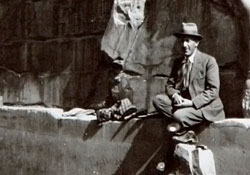
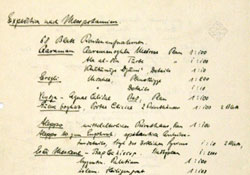

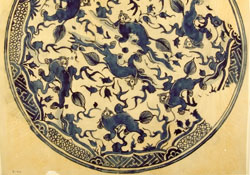
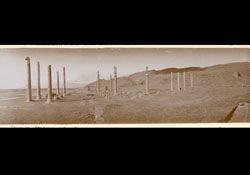

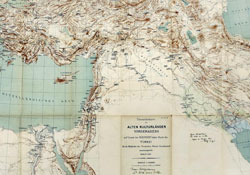








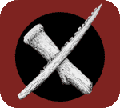
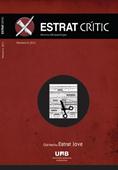
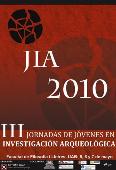
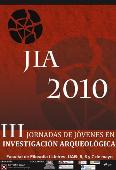
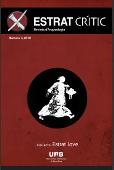
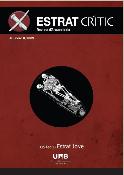
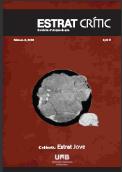
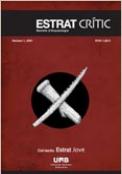









 Stumble It!
Stumble It!
